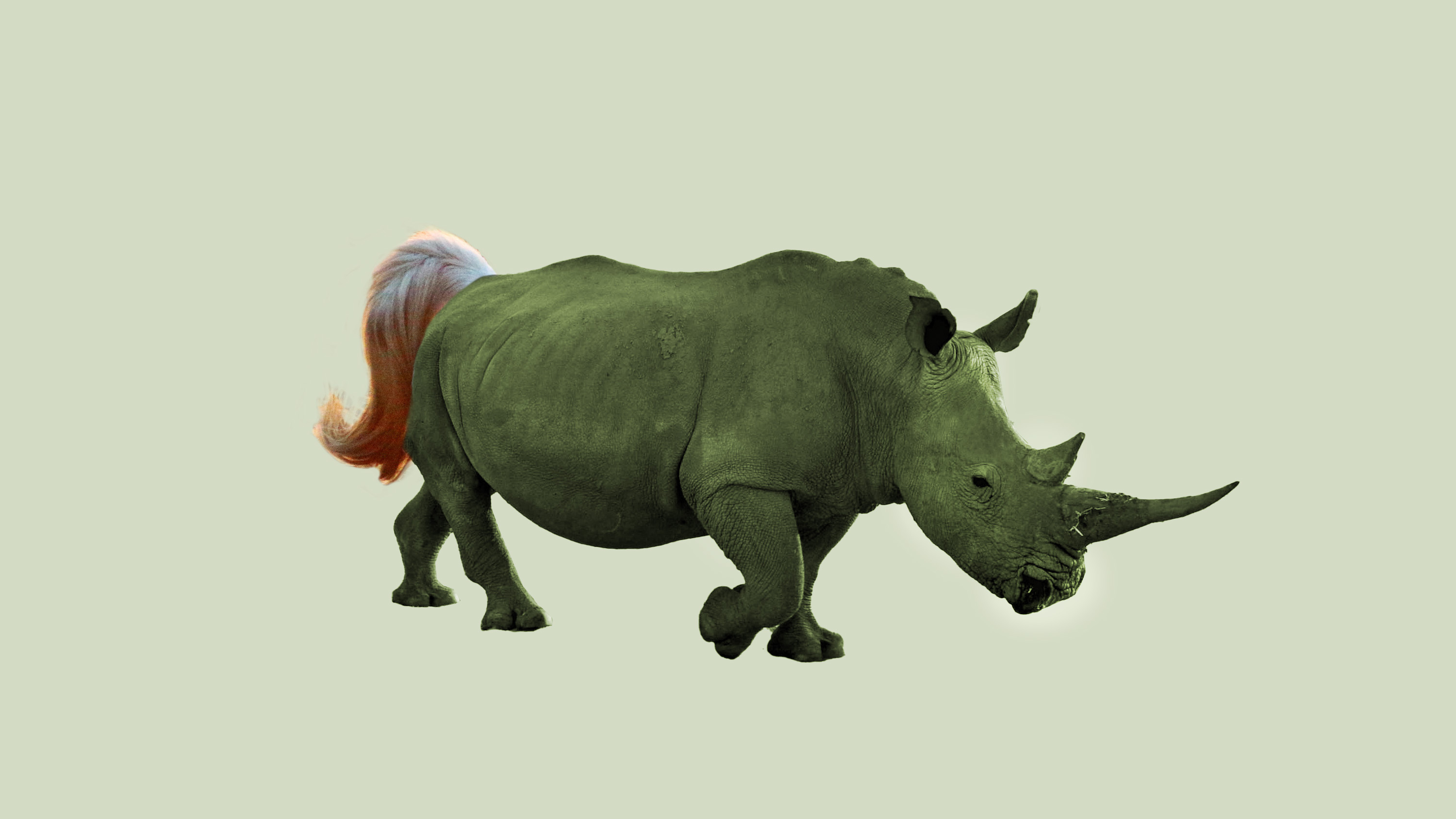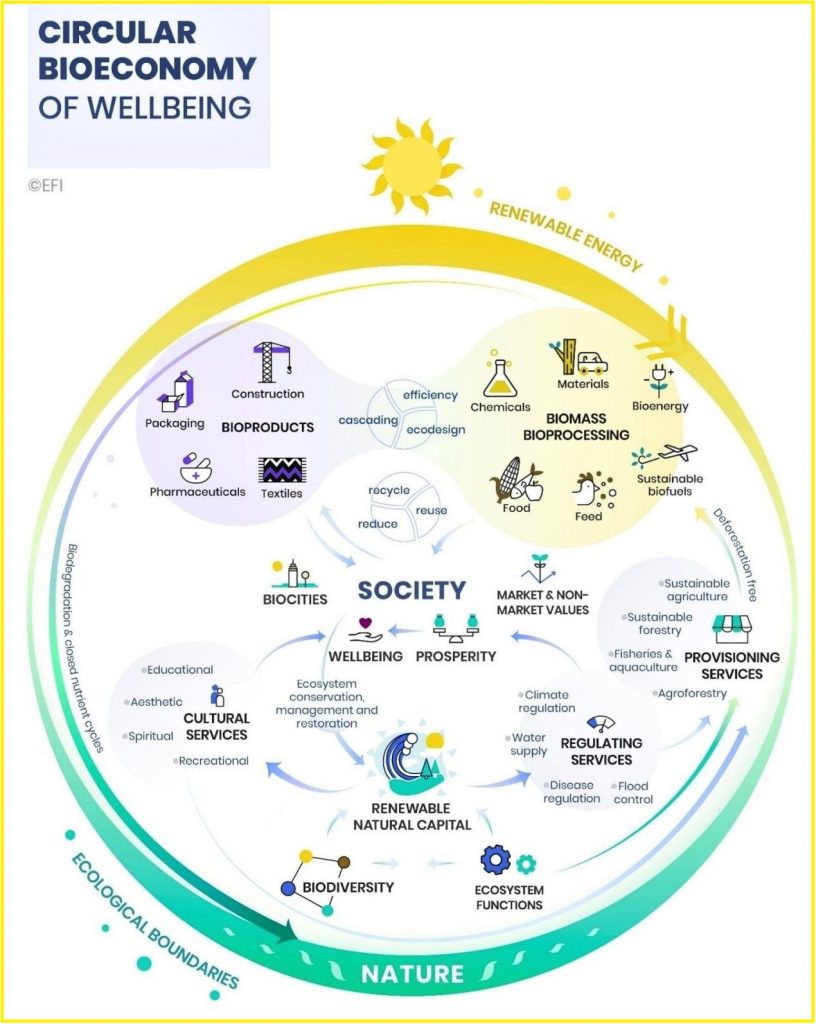Curated by the Knowledge Team of ICS Career GPS Education
Education

A radical new technique lets AI learn with practically no data
Excerpts from an article by Karen Hao published in the MIT Technology Review:
Machine learning typically requires tons of examples. To get an AI model to recognise a horse, you need to show it thousands of images of horses. This is what makes the technology computationally expensive—and very different from human learning. A child often needs to see just a few examples of an object, or even only one, before being able to recognise it for life. In fact, children sometimes don’t need any examples to identify something. Shown photos of a horse and a rhino, and told a unicorn is something in between, they can recognise the mythical creature in a picture book the first time they see it.
Now a new paper from the University of Waterloo in Ontario suggests that AI models should also be able to do this—a process the researchers call “less than one”-shot or LO-shot learning. In other words, an AI model should be able to accurately recognise more objects than the number of examples it was trained on.
How “less than one”-shot learning works
- The researchers first demonstrated this idea while experimenting with the popular computer-vision data set known as MNIST. MNIST, which contains 60,000 training images of handwritten digits from 0 to 9, is often used to test out new ideas in the field.
- In a previous paper, MIT researchers had introduced a technique to “distill” giant data sets into tiny ones and had compressed MNIST down to only 10 images.
- The images weren’t selected from the original data set but carefully engineered and optimised to contain an equivalent amount of information to the full set.
- As a result, when trained exclusively on the 10 images, an AI model could achieve nearly the same accuracy as one trained on all MNIST’s images.
- The Waterloo researchers wanted to take the distillation process further. If it’s possible to shrink 60,000 images down to 10, why not squeeze them into five?
- The trick, they realised, was to create images that blend multiple digits together and then feed them into an AI model with hybrid, or “soft,” labels.
- “If you think about the digit 3, it kind of also looks like the digit 8 but nothing like the digit 7,” says Ilia Sucholutsky, a PhD student at Waterloo and lead author of the paper. “Soft labels try to capture these shared features. So instead of telling the machine, ‘This image is the digit 3,’ we say, ‘This image is 60% the digit 3, 30% the digit 8, and 10% the digit 0.’”
The limits of LO-shot learning
- Once the researchers successfully used soft labels to achieve LO-shot learning on MNIST, they began to wonder how far this idea could actually go. Is there a limit to the number of categories you can teach an AI model to identify from a tiny number of examples?
- Surprisingly, the answer seems to be no. With carefully engineered soft labels, even two examples could theoretically encode any number of categories. “With two points, you can separate a thousand classes or 10,000 classes or a million classes,” Sucholutsky says.
Career

Why the world needs a ‘circular bioeconomy’ – for jobs, biodiversity and prosperity
Highlights from an article published in weforum.org
Our current economic system has failed to value nature
- Our current economic system, which arguably has succeeded in creating unprecedented economic output, wealth and human welfare over the past 70 years, has led to exacerbated social inequalities and loss of nature at an extent that threatens the stability of our economies and societies – and could maybe even lead to a collapse of civilisation as we know it.
- To add some numbers: over 70% of us are affected by rising inequalities, a third of the world’s land is severely degraded, we are losing forests at an alarming rate (one football field of forests every six seconds in 2019), and up to 1 million species are threatened with extinction. Over half of the world’s GDP ($44 trillion) is threatened by such nature loss.
We need a new economic model: circular bioeconomy
- A circular bioeconomy offers a conceptual framework for using renewable natural capital to transform and manage our land, food, health and industrial systems, with the goal of achieving sustainable wellbeing in harmony with nature.
- While the circular bioeconomy needs advanced technology and innovation as well as traditional knowledge to succeed, it ultimately relies on biodiversity as its true engine. This is because biodiversity determines the capacity of biological systems to adapt and evolve in a changing environment, and therefore is crucial for ensuring the resilience and sustainability of our biological resources.
- Moving towards a climate-and-nature-positive economy not only means replacing fossil energy with renewable energy, it also means moving to fossil-free materials, substituting carbon-intense products like plastics, concrete, steel and synthetic textiles for lower carbon alternatives. A climate-and-nature-positive economy is impossible without using a new range of renewable bio-based materials that can replace and outperform carbon-intense materials.
Opportunity to tackle inequality
- One of the most important societal challenges of this century is to address inequalities and to ensure inclusive prosperity, including jobs and infrastructures in rural and depressed areas.
- The way biological resources are owned and distributed and even the difficulties related to their mobilisation, transport and processing offer potential opportunities.
- Forest resources in Europe are a good example: they occupy more than 40% of the land and are owned by about 16 million forest owners. The forest-based sector already now includes around 400,000 companies, mostly small enterprises, and provides more than 3 million jobs. This is a very valuable socio-ecological infrastructure that needs to be acknowledged and nurtured.
- Redistributing wealth, jobs and infrastructures will ensure that we have human capital ready to take care of our natural capital.
- To accelerate the transformation towards a climate-and-nature-positive economy, HRH The Prince of Wales has established The Circular Bioeconomy Alliance. The Alliance activities are guided by a 10-point Action Plan, co-created by a multi-stakeholder coalition with the goal to place nature back at the centre of our economy.
(Disclaimer: The opinions expressed in the above mentioned articles are those of the authors. They do not purport to reflect the opinions or views of ICS Career GPS or its staff.)

